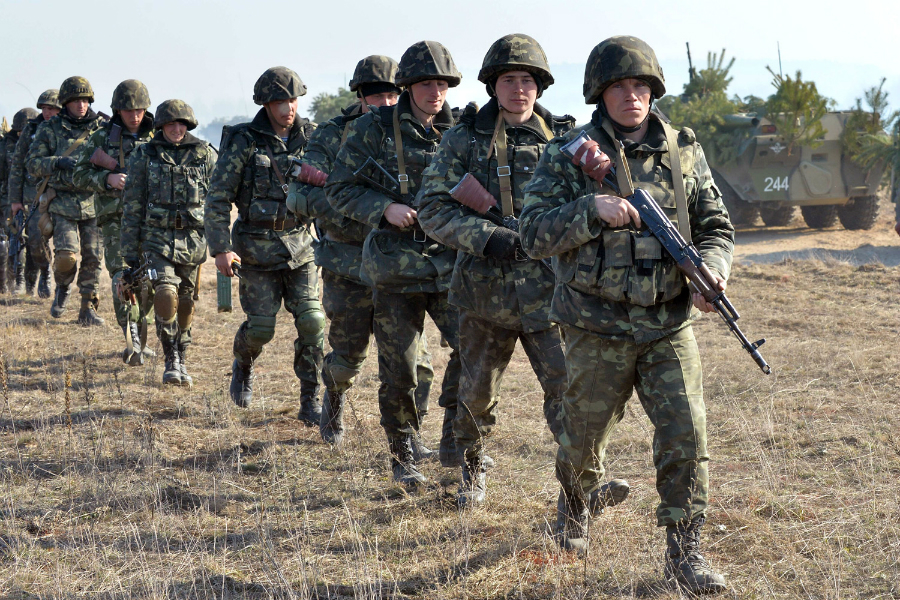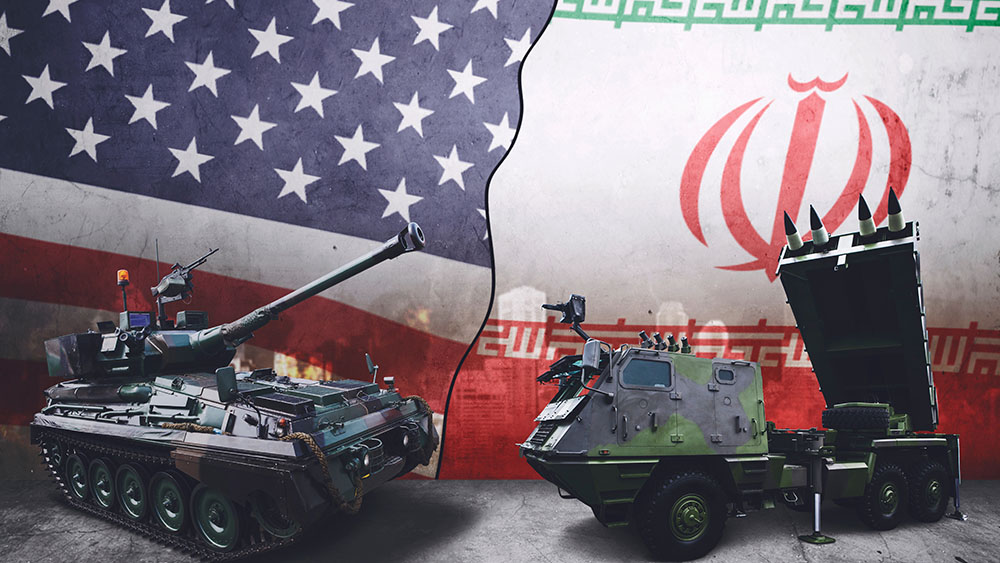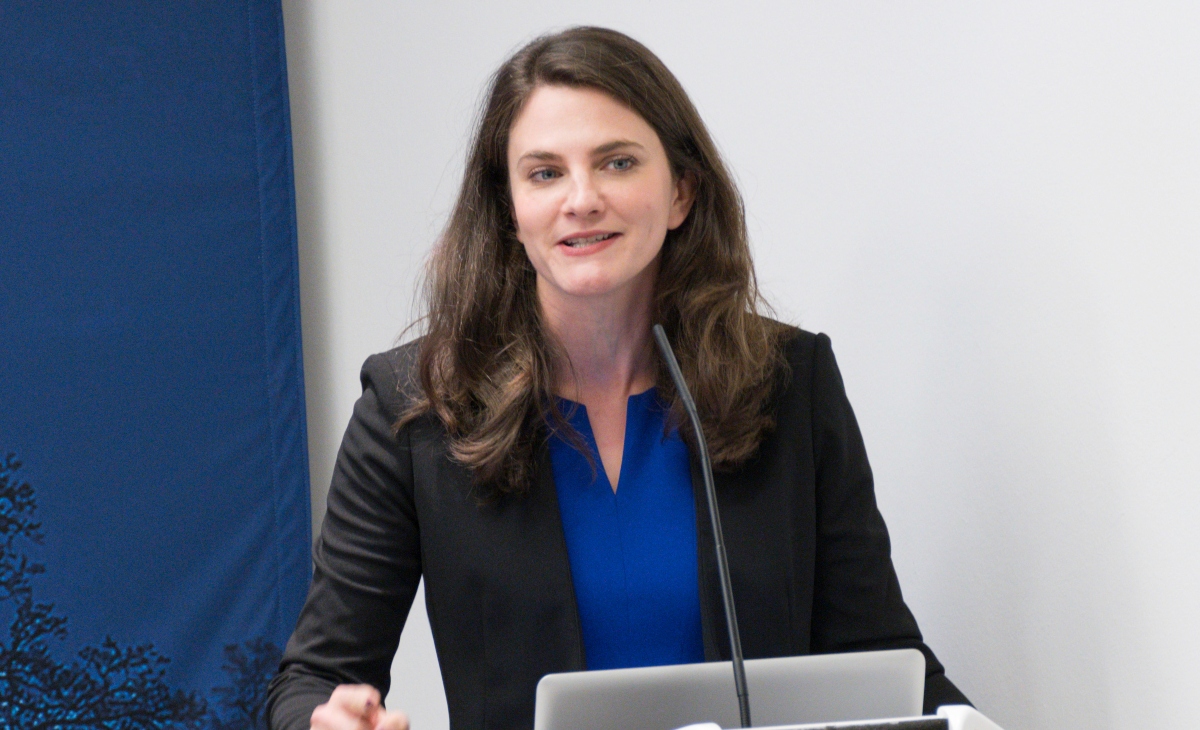Examining John R. Lott Jr.’s controversial research in “More Guns, Less Crime”
04/02/2025 / By Ramon Tomey

- John R. Lott Jr.’s book “More Guns, Less Crime” (3rd ed., 2010) argues that right-to-carry (RTC) laws allowing concealed firearms reduce violent crime, supported by expanded data from 40 states over 29 years (1977–2005).
- RTC laws correlate with significant crime drops: eight percent fewer murders, five percent fewer rapes and seven percent fewer aggravated assaults. The data also refutes claims linking such laws to increased suicides or domestic violence.
- Armed citizens deter criminals, reducing violent encounters and public shootings. Lott estimates concealed carry saved society $5.7 billion in 1992 alone by lowering crime costs.
- Despite accusations of methodological flaws, Lott defends his peer-reviewed work, noting no study has proven RTC laws increase crime. Critics argue about statistical sensitivity or crime displacement, but Lott emphasizes net violent crime declines outweigh minor rises in property crimes.
- The research challenges the notion that more guns increase crime, advocating for responsible gun ownership as a public safety tool. Its data-driven approach forces reevaluation of gun control debates.
John R. Lott Jr.’s book, “More Guns, Less Crime: Understanding Crime and Gun Control Laws,” has long been a lightning rod in the debate over firearms and public safety. The third edition, published in 2010, builds on his earlier research with an expanded dataset and fresh analysis. It nevertheless reinforces his argument that right-to-carry (RTC) laws – which permit individuals to carry concealed weapons – reduce violent crime.
When Lott began his research in the 1990s, only 18 states had such laws. By 2025, that number had surged to 42.
Lott’s original study, conducted with David Mustard, analyzed crime statistics from 1977 to 1992 and found a correlation between RTC laws and declining violent crime rates. The second edition extended this analysis to 28 states, and the third edition broadens the scope further – covering 29 years (1977–2005) and 40 states – providing a wealth of new data to examine.
This vast dataset strengthens his conclusions, showing consistent reductions in violent crime where concealed carry is legal. Beyond confirming his earlier findings, the new edition explores additional gun policies, such as the Castle Doctrine – which removes the duty to retreat before using a gun in self-defense – and the federal assault weapons ban that lasted from 1994 to 2004.
One of the most striking aspects of Lott’s work is its resilience in the face of criticism. He acknowledges the fierce political battles surrounding gun control, and expresses surprise at the hostility directed at his research.
Despite accusations of flawed methodology, bias or selective data, Lott maintains that his findings are robust. He makes his data publicly available and emphasizes that no peer-reviewed study has ever found that RTC laws increase crime.
Critics argue that his results are sensitive to statistical methods or that criminals might shift to other crimes if victims are armed. However, Lott counters that while property crimes like auto theft and larceny rise slightly, the overall decline in violent crime – including murders, rapes and aggravated assaults – far outweighs these effects.
The numbers are compelling. According to Lott’s research, RTC laws lead to an eight percent drop in murders; a five percent reduction in rapes; and a seven percent decrease in aggravated assaults. These figures represent thousands of lives saved and countless injuries prevented.
Additionally, the data refutes common concerns about guns increasing suicides or domestic violence. While accidental gun deaths rise marginally, the change is statistically insignificant. Moreover, there is no evidence linking concealed carry laws to higher suicide or domestic violence rates.
Beyond direct crime reduction, Lott highlights the deterrent effect of armed citizens. Criminals are less likely to target potential victims who may be armed, leading to fewer violent encounters. This is particularly evident in the decline of multiple-victim public shootings after RTC laws are enacted.
Lott also argues that concealed carry is a cost-effective crime-fighting tool. In 1992 alone, he estimated that allowing concealed handguns saved society $5.7 billion by reducing crime-related costs.
The implications of Lott’s research are profound. It challenges the widely held belief that more guns lead to more crime, instead suggesting that responsible gun ownership can enhance public safety. While his conclusions remain controversial, the sheer volume of data and the consistency of his findings make a strong case.
Whether one agrees or disagrees with Lott, his work forces a reevaluation of assumptions about guns, crime and the role of law-abiding citizens in preventing violence. The debate is far from over, but “More Guns, Less Crime” provides a data-driven perspective that cannot be easily dismissed.
Watch this video about John R. Lott Jr.’s book “More Guns, Less Crime: Understanding Crime and Gun Control Laws.”
This video is from the BrightLearn channel on Brighteon.com.
Sources include:
Submit a correction >>
Tagged Under:
armed citizens, assault, crime, crime prevention, crime rates, David Mustard, deterrent, firearms, gun rights, guns, John R. Lott Jr., Liberty, More Guns Less Crime, public safety, research, right to carry laws, Second Amendment, self-defense, shootings, violence
This article may contain statements that reflect the opinion of the author
RECENT NEWS & ARTICLES
COPYRIGHT © 2017 VIOLENCE NEWS




















